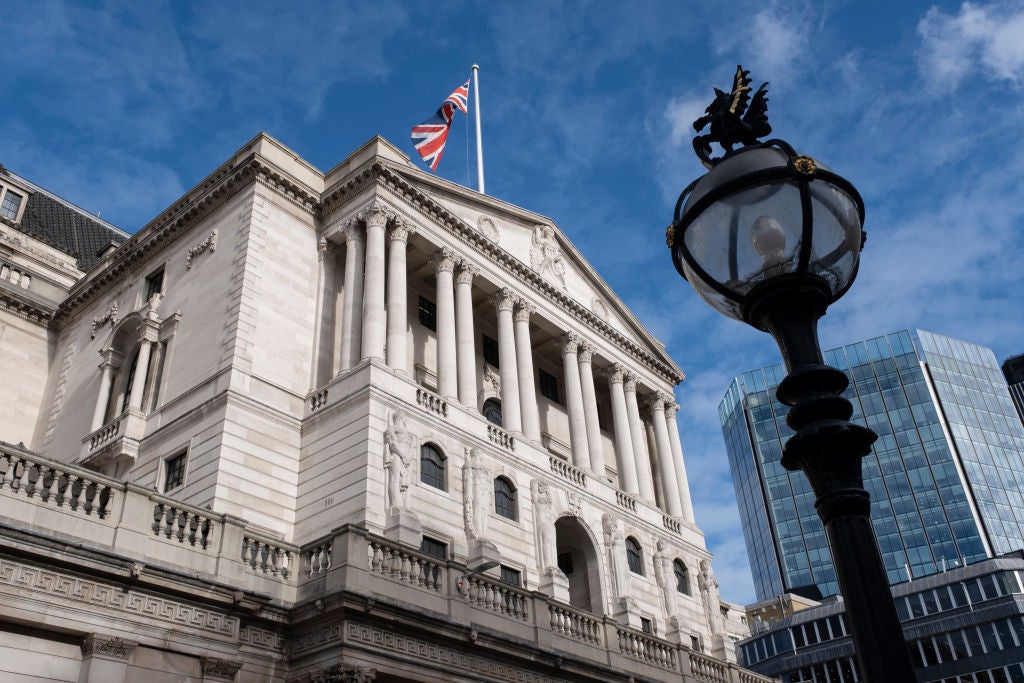
UK Faces High Prices in Effort to Tackle Inflation
In early May, amid soaring inflation, the Bank of England raised UK interest rates to 1%, their highest level since 2009.
According to the central bank’s latest forecast, annual inflation is set to peak at 10% in the final three months of 2022, driven largely by rising energy costs. In response, interest rates are set to rise to 2.5% in 2023, a hike that is expected to plunge the UK into recession.
The planned interest rate rises are expected to mean that the UK’s real GDP will be 2% smaller in 2025 than it would otherwise have been, while unemployment will be 38% higher (rising to 5.1%, rather than 3.7%), according to the Bank of England’s forecasts.
The consequences for UK households will be severe. Between 2021 and 2023, real post-tax incomes are expected to fall over a two-year period for only the second time since 1991. Last time, at the height of a financial crisis, incomes fell by 0.2% – this time, they are set to fall by 3.4%.
What ends justify these means? The planned interest rate hikes will cut inflation but not by much. Assuming the Bank of England goes ahead with its plans to raise interest rates, prices would be expected to rise 10.4% by 2025, with a peak of 10.2% year-on-year inflation. Without further rate hikes, the Bank of England expects prices would rise by 12.7%, peaking at 10.4%.
Is the UK taking the least-worst option?
This lacklustre effect may be why three members of the Bank of England’s nine-strong monetary policy committee dissented from the recent decision to raise rates by 0.25 percentage points, favouring an increase twice as steep.
Yet it is not clear that a harsher monetary policy would do much better. Inflation in the UK is being driven by external supply factors – the rise in energy prices resulting from the war in Ukraine and the rise in tradable goods prices resulting from the Covid-19 pandemic. In neither case is the spending power of UK consumers a significant factor.
In fact, the Bank of England’s outlook is distinctly pessimistic when it comes to the role of these external factors. Contrary to futures markets, it expects energy and non-energy commodity prices to remain elevated for the foreseeable future. Had the Bank followed the futures markets’ assumption that prices will begin to fall after six months, its forecast for GDP growth by 2025 would be doubled to 1.8% and its forecast for inflation cut by one-fifth to 8.2%.
Given Russian leader Vladimir Putin’s domestic strength, Ukraine’s formidable resistance and the West’s reluctance to set out clear terms for the lifting of sanctions, this pessimism may well be justified. There is as yet no clear path to the normalisation of trading relations, with long-term decoupling a far more likely scenario. Inflation will pass but high prices will not.
The Bank of England acknowledges this in its report, noting that “monetary policy is unable to prevent” the squeeze on living standards and profit rates resulting from these real economic constraints.
Rather, the report states, the “role of monetary policy is to ensure that, as this real economic adjustment occurs, it does so in a manner consistent with achieving the 2% inflation target sustainably in the medium term, while minimising undesirable volatility in output”.
Notably absent is any mention of the distributional implications of trading recession and unemployment for a small reduction in inflation. Unlike the US Federal Reserve, which is required to consider both inflation and unemployment, the Bank of England’s mandate is to focus solely on price levels.
With living standards falling and far more dramatic interest rate hikes yet to come, the Bank of England’s single-minded focus on inflation is likely to come under greater pressure than ever before.



